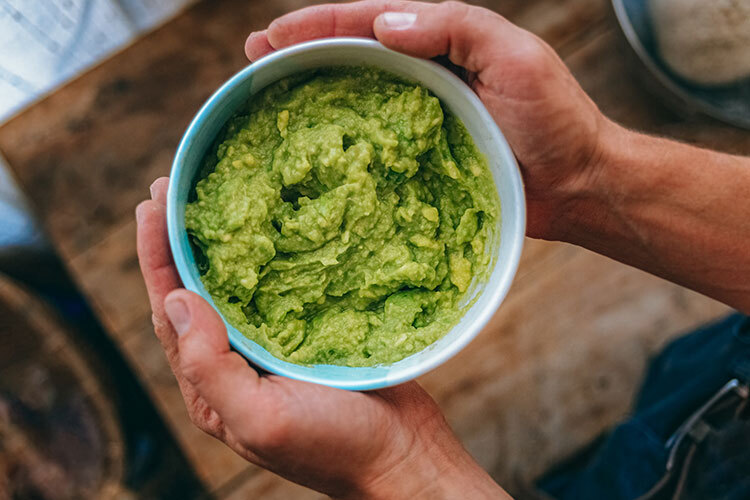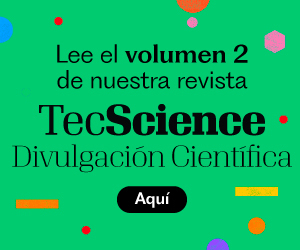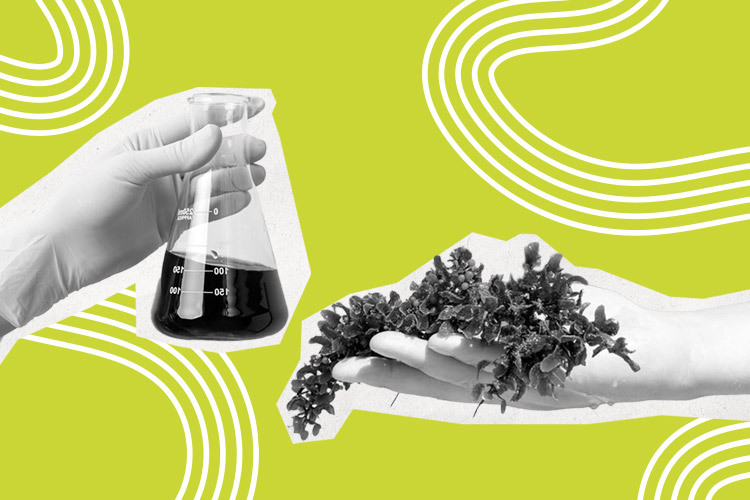Synthetic fertilizers are a major cause of environmental problems such as global warming, soil and water degradation and pollution, as well as biodiversity loss. With this in mind, a group of scientists developed a nano-and-biotechnology-based alternative that is less polluting and requires a minimal amount to work.
“We call it our nanobiofertilizer,” says Diego Navarro, research professor at the School of Engineering and Sciences (EIC), Querétaro campus, at Tec de Monterrey.
Navarro, along with other researchers and students from Tec, has developed a supplement that combines nanoparticles of different elements with a microorganism –such as beneficial bacteria or filamentous fungi– to help plants better absorb nutrients from the soil and be protected against diseases.
How do Nanobiofertilizers Work?
Their nanobiofertilizers are an important step towards a more sustainable agricultural model that optimizes crop growth, avoids environmental damage and helps ensure food security in Mexico.
“These organisms solubilize nutrients and pass on mineral salts, and the plant nourishes them with sugars in return, they form a symbiosis,” Navarro explains.
By mixing them with nanoparticles, which have biocompatibility, the researchers have created a sort of hybrid between a probiotic and a vaccine that helps plants grow healthy and resilient.
“When nanoparticles interact with these bacteria, fungi, and the soil ecosystem, they can result in a thicker stem, better color, or more leaves,” says Edgar López, professor at the EIC, Guadalajara campus.
Furthermore, in collaboration with Gildardo Sánchez, they have incorporated machine learning models to make projections that allow them to understand what types of nanoparticles they should combine with what types of beneficial microorganisms to achieve the best result, depending on the plant they want to treat.
“Each crop has its own peculiarities and nutritional needs,” Navarro points out.
A Nanobiofertilizer That is Non-Toxic to Plants and Humans
Nanoparticles are extremely small, which gives them unique properties, such as increased reactivity and antimicrobial properties. This makes them suitable for a wide range of applications, including targeted drug delivery in medicine and agriculture.
The team has tested nanoparticles of carbon titanium dioxide, iron oxide, and erbium oxide, in combination with various microorganisms in the laboratory and greenhouses, and have obtained improved crop yields.
“So far we’ve tested it on vegetables like papaya, blueberries, chili peppers, and tomatoes,” López says. “We’re starting experiments with tropical plants, like bananas,” says Navarro.
One of the great advantages of their nanobiofertilizer is that very small quantities –micrograms– are needed to achieve superior results compared to those obtained by traditional fertilizers.
Furthermore, they are biocompatible, so they do not harm the microorganisms in the soil or the insects that make up the ecosystems where these plants grow.
“We are looking to ensure that they don’t kill anything that doesn’t need to be killed and that they don’t harm anything that helps the plants,” López says.
As part of the development of their project, the researchers have been committed to conducting cytotoxic tests to ensure that the nanoparticles are not dangerous to plants or humans.
In collaboration with the National Autonomous University of Mexico (UNAM), the University of the Americas (UDLA) and the University of Guadalajara, they have tested them in cell cultures and various cell lines and, so far, have not found accumulation or any toxic effects.
Towards A Sustainable Agriculture
Soon, thanks to a collaboration with a consortium of farmers from Querétaro, the researchers seek to test them in a real context, to see if they do work and if they could truly help small and medium-sized producers to have better yields and products.
“Understanding a farmer’s mindset has been the most complicated and interesting part,” Navarro says. “It’s essential to ensure that what you’ve done actually reaches who it needs to reach.”
An important aspect to prevent the adoption of nanoparticles from becoming complicated is that the concept is no longer unknown to the general public.
“I don’t know if it’s due to skincare products, but it’s not something that people are completely unaware of,” Navarro reflects.
In the future, they also seek to continue expanding their line of research to understand the genetic response of plants to their nanobiofertilizers.
“Don’t be afraid of nanotechnology,” López urges. “You can get much better results than with kilos and kilos of chemical fertilizers.”
Did you find this story interesting? Would you like to publish it? Contact our content editor to learn more: marianaleonm@tec.mx
















